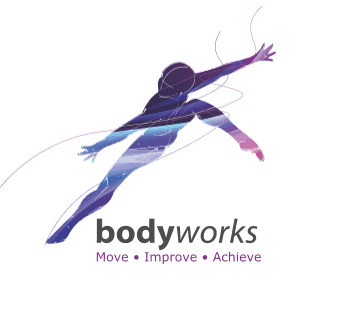
Specialist Treatments
Fibromyalgia Mapping
Many of the treatments and special treatments we offer are fairly standard physiotherapeutic treatment modalities but the skill is in knowing when and how to apply them and how best to customize them to each individual client’s needs. For example, Claire will use video feedback to assess and improve running technique dependent on the presenting injury – not everyone is suited to barefoot running or designed to achieve a perfect forefoot strike.
When buying running shoes, it is important to look at total body movement, not just what happens from the knees down. Claire can provide guidance on what is best for your running style, provide hints and tips on how to achieve your running targets. She also encourages cyclists to bring their bikes to the clinic. Once on the turbotrainer, it is possible to identify any quirky habits which predispose to pain that persists after a professional bike fit. Often a few minor adjustments can make the ride that much more comfortable when the human aspect has been considered in conjunction with the mechanics of the bike.
Claire supports and guides clients preparing for and recovering from orthopaedic surgery, including, shoulder, hip, knee and ankle replacements, tendon and ligament repairs and other arthroscopic procedures. Undergoing elective surgery requires planning and it is often reassuring to understand what is involved before and after surgery.
At Bodyworks, Christina is able to offer her considerable expertise in the management of arthritis affecting the hands. Having gained an understanding of your particular needs, she will discuss non-surgical options with you and discuss the merits of ring splints if they are appropriate for your fingers or thumbs. She will advise on how to maintain your independence and what to do to prevent further deterioration of function in your hands. This may include specific exercises and the use of joint-friendly gadgets or pieces of equipment to reduce the stress and strain on your hand joints. Christina will share her broad knowledge of research and explain the evidence for and against specific treatments. She will also inform you about proven complimentary therapies and medicines as well as conventional management strategies.
Appointments with Christina are by mutual arrangement.

Fibromyalgia is a condition that is characterised by chronic widespread pain and fatigue. In general it is diagnosed by a rheumatologist after excluding other conditions that may also cause these symptoms. There are a host of physical problems that are attributed to fibromyalgia which include: fatigue, reduced clarity of mental processing, skin symptoms and bowel symptoms to name a few. People with fibromyalgia typically report areas of tenderness in specific areas of the body. In addition to these tender points some authors have also described areas of thickening within the tissues which they call ‘lumps and bumps’ of fibromyalgia. One self-treatment option is to use guaifenesin. Clients considering this option are referred to the book ‘What your doctor may not tell you about fibromyalgia’ by R.Paul St Amand and Claudia Craig Marek. This explains the treatment and advocates the ‘mapping’ of the lumps and bumps to monitor response to treatment.
Mapping involves palpation (feeling) of your arms, legs, back and neck to locate the lumps and bumps. The size, shape and position of these lesions are recorded on a body chart for comparison before and during treatment to establish an optimum dose.
